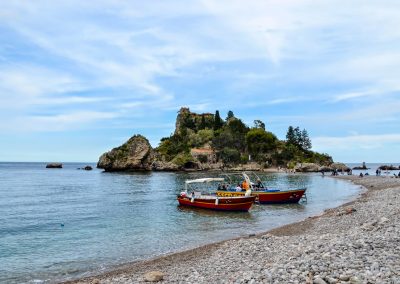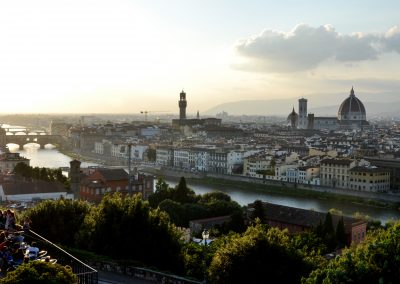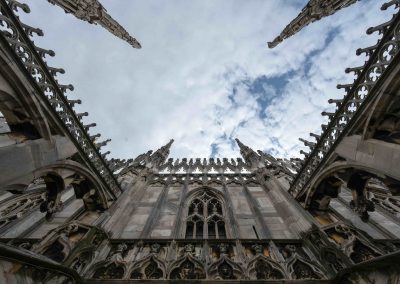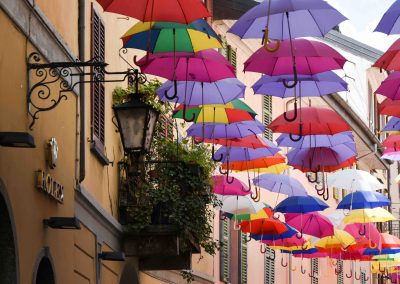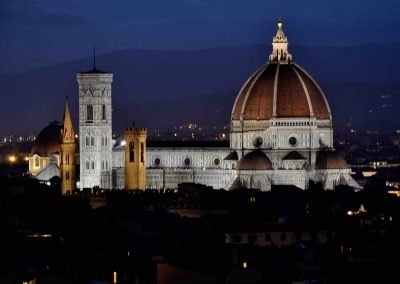I have a love hate relationship with the city of Rome! If on one hand is “the city of Rome”, with all its history, the Tiber river (Tevere in Italian) and its opposite bank, Trastevere – my favorite part of the city -, all the churches, that surprise even the most atheist , on the other hand is a city that does not work in terms of public transportation, so important in a big city, and most of the fault lies in the exact history of the city. In Italy you can not dig anything because it is guaranteed you’ll find something. So the subway of the city is an anecdote, its plan is always being altered. And then we are in Italy, so buses aren’t also something you can trust in.
I present you today one of the biggest and most surprising reasons why Rome is not functional: the Roman forums!
.
.
.
.
.
.
.
.
.
.
.
.
.
The Forum (square) was for centuries the center of the Roman public life: the site of triumphal ceremonies and elections, the place where public speeches were held, criminal prosecutions, clashes between gladiators, and the center of commercial affairs. Here, statues and monuments celebrated the great men of the city then. Located in the small valley between the Palatine Hill and Capitoline Hill, the forum is currently an extensive ruin of architectural fragments and a site of intermittent archaeological excavations. Contrary to the later forums built in Rome, which were based on the Greek public square, the Roman Forum gradually developed, regularly and gradually over several centuries.
The last two photographs that preceded this text were taken from the Capitoline museums, which have a balcony that overlooks the forum.
On the other side of the road that crosses this area and which ends at the Colosseum, we have the Trajan’s Market, accessible with a different ticket * but also part of the complex of the Roman forums, as it houses the museum of the Imperial Forums. The complex, which originally extended beyond the archaeological area we find now, places that today are occupied by modern buildings, was mainly used as the seat of administrative activities of the Roman Empire held in imperial forums, and only limited to commercial activities, possibly in open air environments at the sides of inner streets. This was built at the same time as the Forum of Trajan, at the beginning of the second century, to occupy and sustain a cliff made on the slope of Mount Quirinal, and has six levels.
.
.
.
.
.
.
* I remember that all architecture, fine arts and art history students have access to all these museums for free.
If you liked this post and want to read more about my trips to Italy, you can visit the following posts:



















